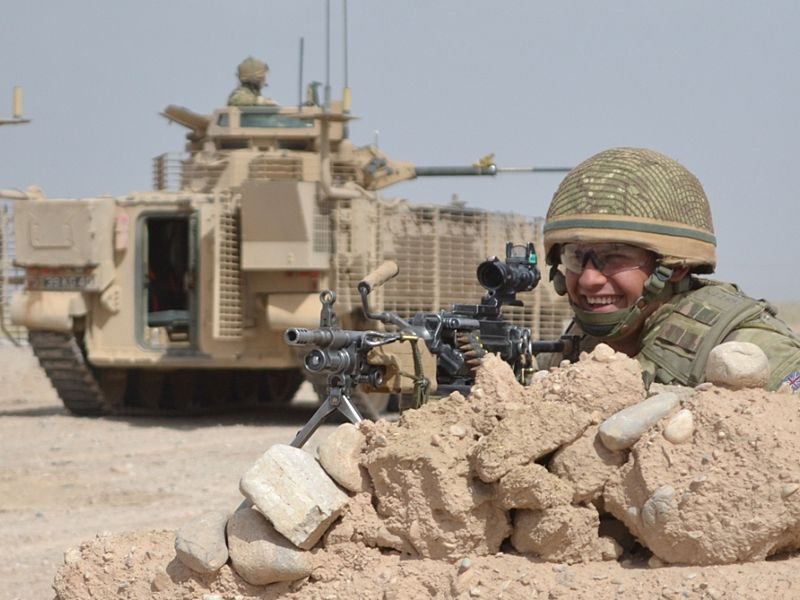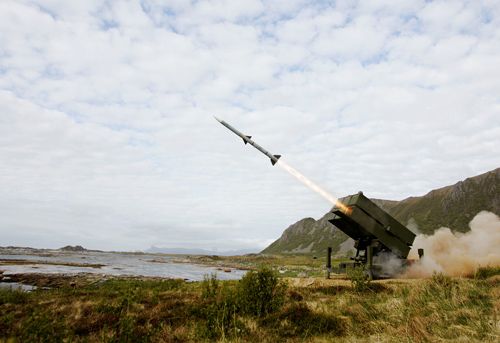Which factors increase the risk for armed conflict and war? What circumstances make conflict resolution more likely to be successful? If work for peace is to bear fruit; these questions needs to be answered.
The Uppsala Conflict Data Program (UCDP) has released a new dataset which opens up new possibilities for the study of armed conflict. Using these data, useful findings relating to climate change and armed conflict have already been made.
Existing data on armed conflicts cover only individual countries or provide information only on a yearly basis. This has limited the extent to which the data can be used. One example is that such data do not permit studies of local issues of civil war. For this reason peace and conflict researchers have in recent years realized the necessity for more detailed data on armed conflict.
The dataset covers all armed conflicts in Africa from 1989 through 2010 and contains information on the precise date and place of individual instances (events) of armed violence.
This allows for new research on the causes, dynamics, and resolution of armed conflict. Further, patterns and the geographic developments of conflicts can be analyzed using software for geographic information systems (GIS).
– This will change conflict studies in a very exciting way, says Peter Wallensteen, Dag Hammarskjold professor of peace and conflict research and leader of UCDP.
Initial studies have already contributed with interesting findings; such as the targeting of civilians in intrastate conflicts and the relationship between climate change and armed conflict.
Combining the dataset with meteorological and economic data, the Uppsala-based researchers Dr. Hanne Fjelde and Nina von Uexkull have found that variation in rain fall increases the risk of armed conflict between societal groups. This risk is further increased in poor areas which are more vulnerable to changes of their environment.
– Since the weather, just as armed conflict, often affects different parts of a country in differing ways, we would not have been able to perform our study without this new, detailed, information, says Nina von Uexkull, PhD candidate at the Department for Peace and Conflict research at Uppsala University.
In another study on the topic of climate change and conflict Associate Professor Erik Melander and Ralph Sundberg show that a combination of high population density and soil degradation increases the risk of violence between non-state actors.
This is alarming as climate change may increase the risk that this lethal combination – population density and degrading soils – will spread around the globe. Besides research on climate and conflict, a study by Dr. Hanne Fjelde and Dr. Lisa Hultman reveals that violence against civilians, in ethnic conflict, is most often perpetrated in areas where the opposition side is numerically strong.
Fact box: The dataset (UCDP GED) is the outcome of approximately 2.5 years of work, engaging some 15 researchers and assistants. It contains information on some 24 000 unique events and includes all three types of armed conflict (state-based, non-state, and one-sided violence) on the African continent between 1989 and 2010. This dataset is compatible with a number of software utilities for statistical analysis and GIS software.










